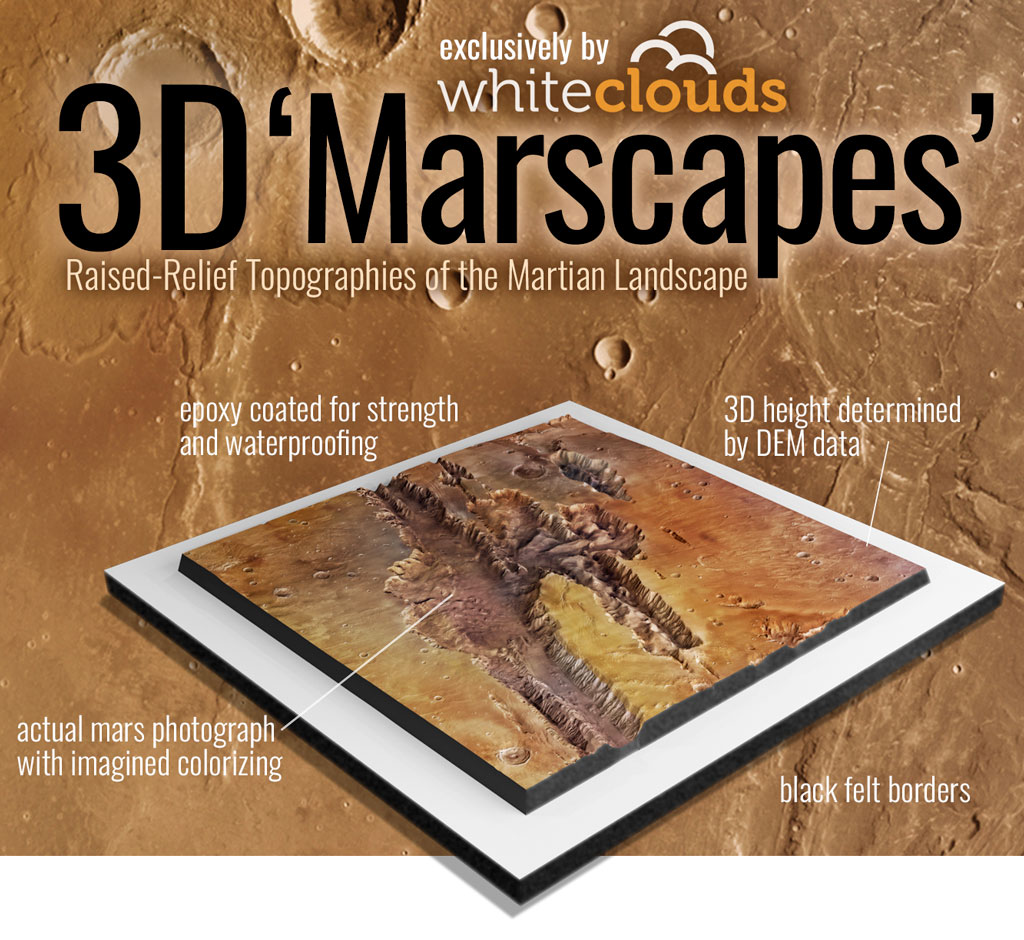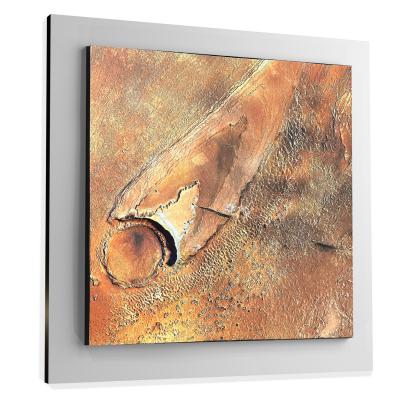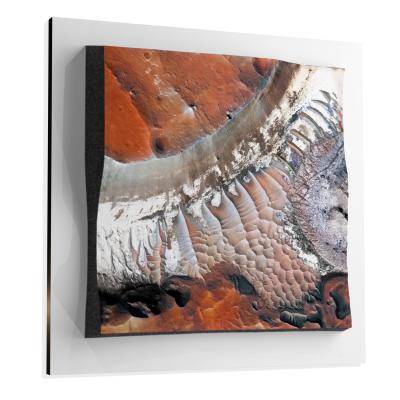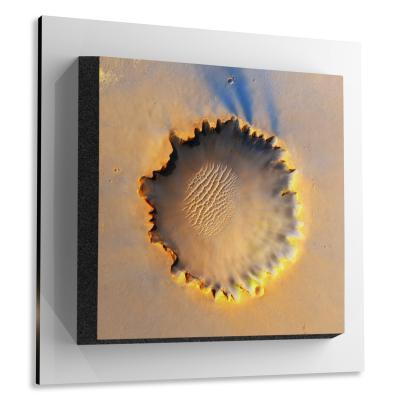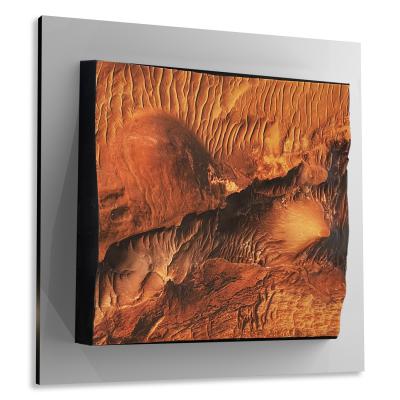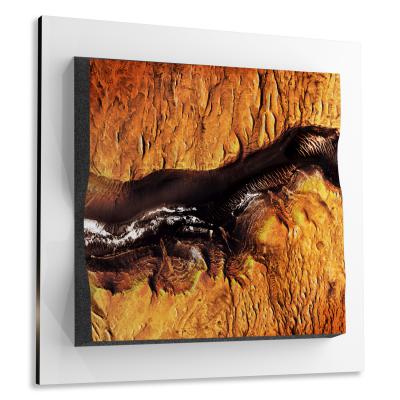Ius Chasm
Ius Chasm
We Build Custom 8K Mars Canvas Prints of Ius Chasm
Did you know we make
custom
8K Mars Canvas Prints

and
3D Marscapes

Ius Chasm
Ius Chasm, a lesser-known but scientifically significant feature on the Martian surface, offers tantalizing clues about the planet’s geological history, aqueous activities, and mineralogical composition. Nestled within the larger Valles Marineris canyon system, this chasm has been the subject of numerous scientific missions aimed at unraveling the complex geological processes that shaped Mars over aeons. This report aims to provide a comprehensive overview of Ius Chasm, covering its geographical location, geological composition, significant discoveries, scientific missions, and geomorphological features, as well as a conclusion summarizing its scientific importance.
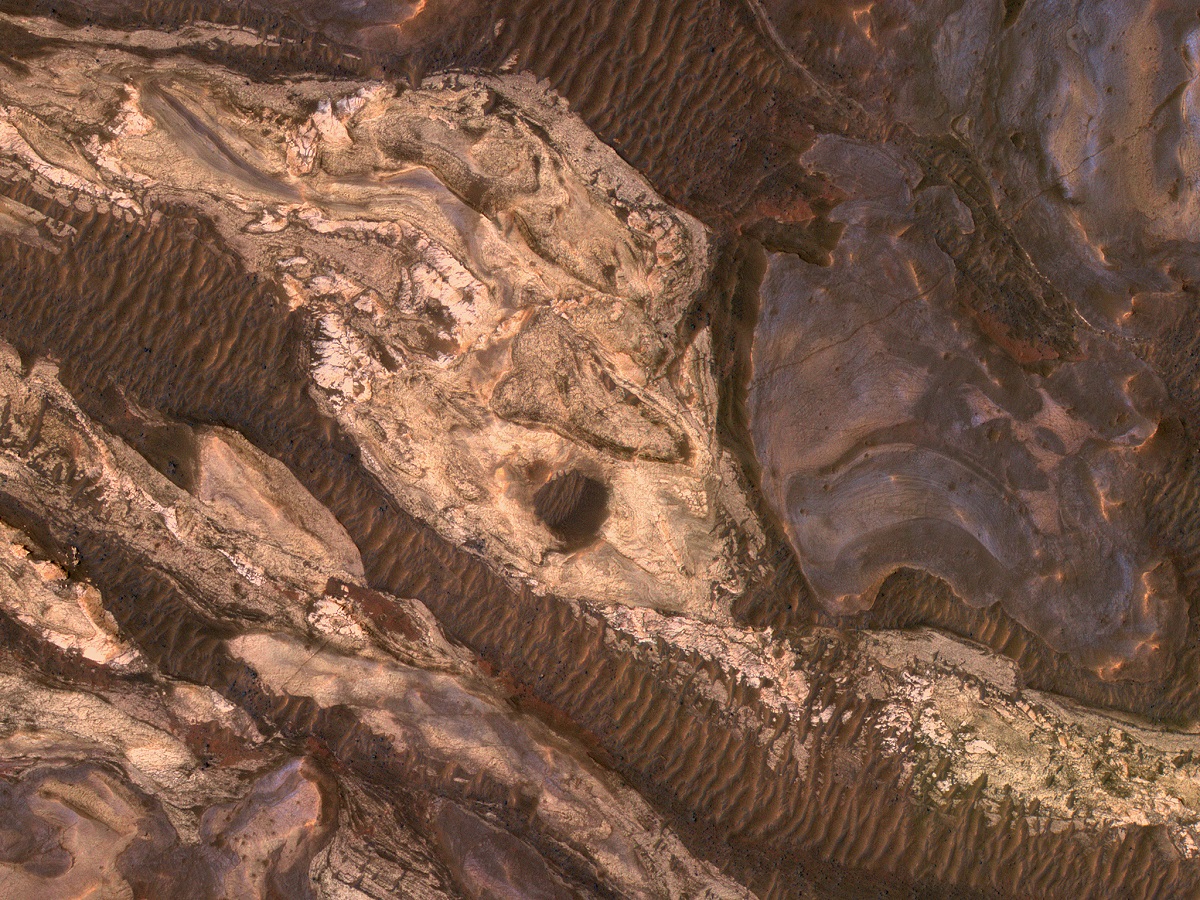 Ius Chamas
Ius Chamas
Geographical Location
Ius Chasm is an integral part of the Valles Marineris, an imposing canyon system that forms a significant landmark on the Martian surface. Positioned towards the eastern sector of this expansive network of canyons, Ius Chasm can be found at a latitude of approximately 10°S and a longitude of 278°E. It is just one of the many branches of Valles Marineris, which itself is a colossal geological formation extending for over 4,000 km and reaching depths as staggering as 11 km. The strategic placement of Ius Chasm within this extensive canyon system makes it a focal point for studying both localized geological processes and broader planetary phenomena on Mars. Furthermore, Ius Chasm’s location is notably close to other significant canyon formations like Candor Chasm and Melas Chasma, providing scientists with invaluable opportunities to carry out comparative geological analyses. This relative closeness helps to illuminate differences and similarities in sedimentary deposition, erosion patterns, and other geological features between the various chasms, thereby adding layers of complexity to our understanding of Martian geology.
Advertisement
Sample Marscapes
Geological Composition
Ius Chasm showcases a remarkable tapestry of geological features, representing an amalgam of sedimentary, igneous, and metamorphic rock types. Advanced remote sensing technologies and high-definition imagery captured by orbital spacecraft have revealed intricately layered formations. These layers include basalts, sulfates, and clays, providing strong indicators of a series of geological transformations over time. Intriguingly, spectral analyses have also discovered the presence of olivine, a mineral usually formed through the cooling and solidification of magma. This hints at episodes of volcanic activity, which have shaped the chasm over time. Apart from these mineralogical findings, features such as landslides and fault lines mark the area, revealing that Ius Chasm has been a hotspot for tectonic shifts. These signs point to a multi-faceted geological history, involving both endogenic (originating from within Mars) and exogenic (originating from outside forces like wind and possibly water) processes.
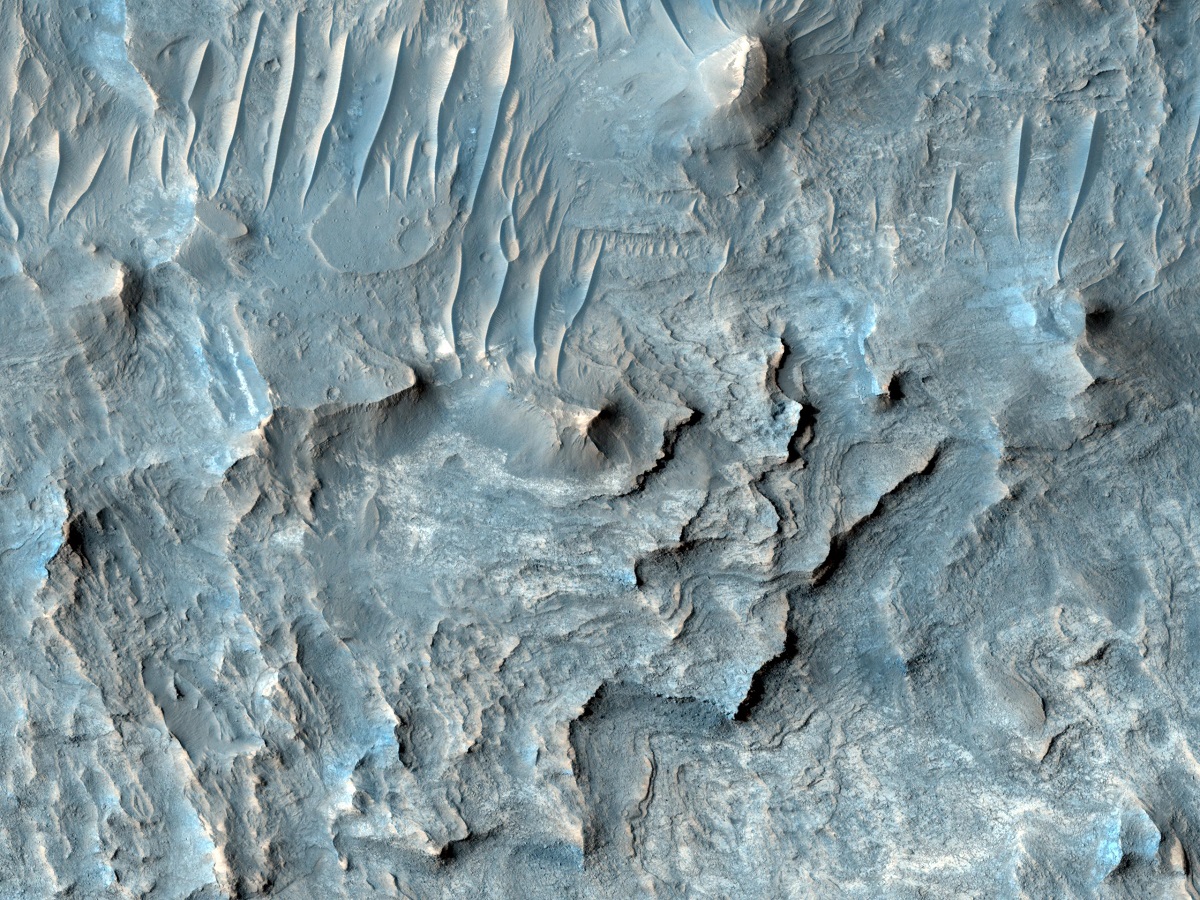 Floor of Ius Chamas
Floor of Ius Chamas
Significant Discoveries
Evidence of Aqueous Activity
One of the most compelling revelations concerning Ius Chasm is the high-resolution imagery displaying sedimentary patterns and erosional features that bear strong implications of past water-based activities. Such characteristics point to a variety of possibilities: periodic flooding, melting of glaciers, and even subsurface water flows. This evidence greatly enriches our understanding of the hydrological history of Mars, suggesting not only episodic but perhaps sustained aqueous activities in certain eras of the Martian timeline.
Diverse Mineralogy
The mineralogical content within Ius Chasm is strikingly diverse and holds crucial implications for our understanding of Mars’ geological and potentially biological history. The chasm is home to a myriad of mineral types, including some uncommon sulfates and silicates that provide essential clues regarding the planet’s past geochemical conditions. These rare mineral formations could also have implications for the chasm’s potential to harbor past microbial life.
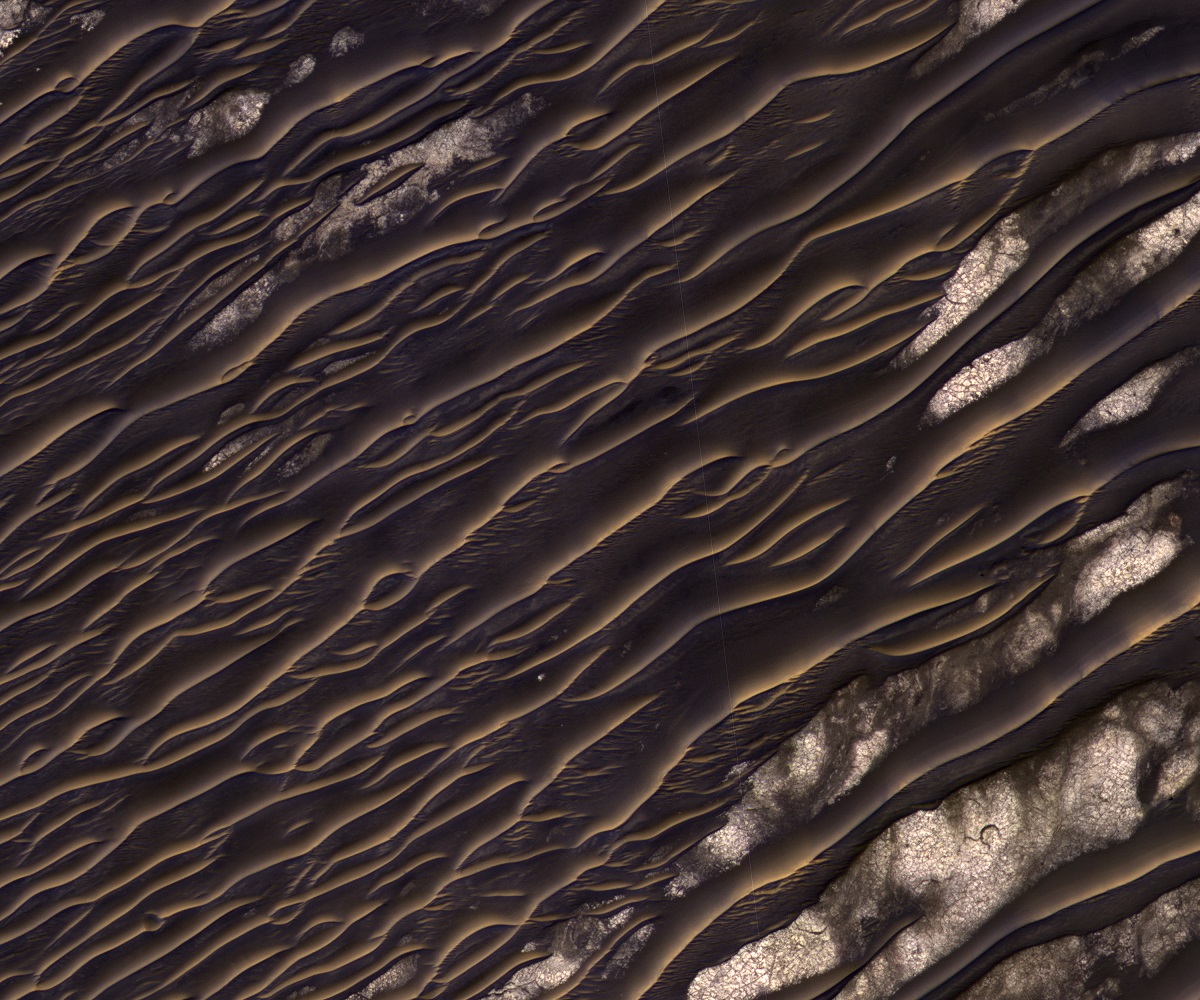 TARs (Transverse Aeolian Ridges) in Ius Chasma on Mars
TARs (Transverse Aeolian Ridges) in Ius Chasma on MarsScientific Missions
The scientific investigation of Ius Chasm has been primarily facilitated through orbital missions. While the Viking Orbiters laid the groundwork in the late 20th century by capturing the first detailed images, the Mars Reconnaissance Orbiter (MRO) equipped with its HiRISE (High-Resolution Imaging Science Experiment) camera, dramatically elevated the level of detail we can perceive. Additionally, the European Space Agency’s Mars Express has complemented these efforts by providing alternative viewpoints and additional data through its High-Resolution Stereo Camera (HRSC). Together, these missions have synergistically broadened our understanding of the chasm’s intricate geological features and set the stage for more specialized missions in the future, perhaps even landers or rovers.
Geomorphological Features
Ius Chasm’s geomorphology is nothing short of astonishing, presenting a rich palette of erosional and depositional structures. Steep cliffs adorn the chasm, alongside erosional terraces and multiple sedimentary layers indicating periods of water or sediment deposition potentially caused by wind (aeolian processes). In certain locales, there are traces of enormous landslides, which have significantly altered the landscape, adding to its complex geological narrative. Additionally, the presence of fault lines within the chasm lends further depth to our understanding of the area, suggesting that tectonic activities, possibly related to seismic movements or crustal extensions, have played a role in shaping this fascinating Martian landscape.
Ius Chasm, as an integral part of the larger Valles Marineris system, serves as a natural laboratory for studying Martian geology. Its intricate geological composition and diverse geomorphological features offer valuable insights into the geological and possibly hydrological history of Mars. From the evidence of aqueous activities to its complex rock formations and unique mineralogical content, Ius Chasm has proven to be a cornerstone for the scientific investigation of the Red Planet. Its study not only enriches our understanding of Mars but also provides a comparative framework for planetary geology at large. Future missions to Mars will undoubtedly continue to focus on this captivating chasm, deepening our understanding of Martian history and possibly the broader history of our solar system.
Check out our 3D Mars Learning Center for more information on Mars and Ius Chasm. You can also learn more at: NASA Mars Exploration.
More About Mars
Contact us today to learn more about our 3D services and how we can help you achieve your goals.
